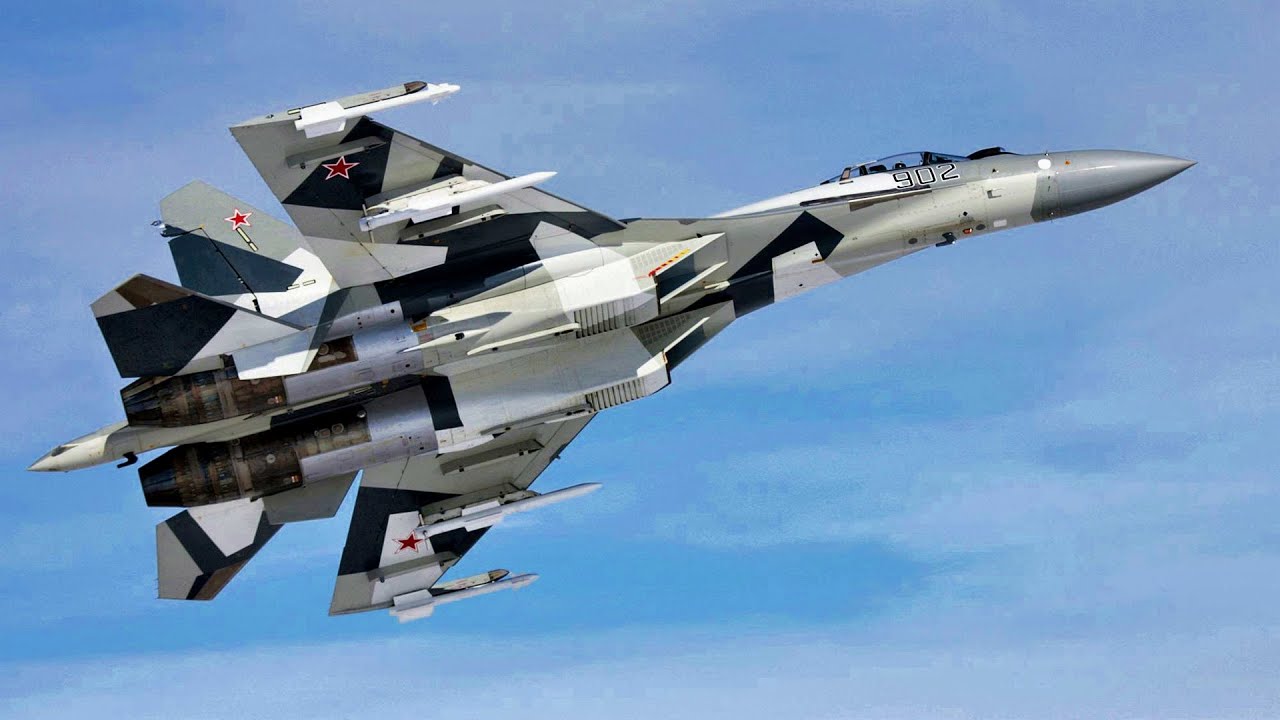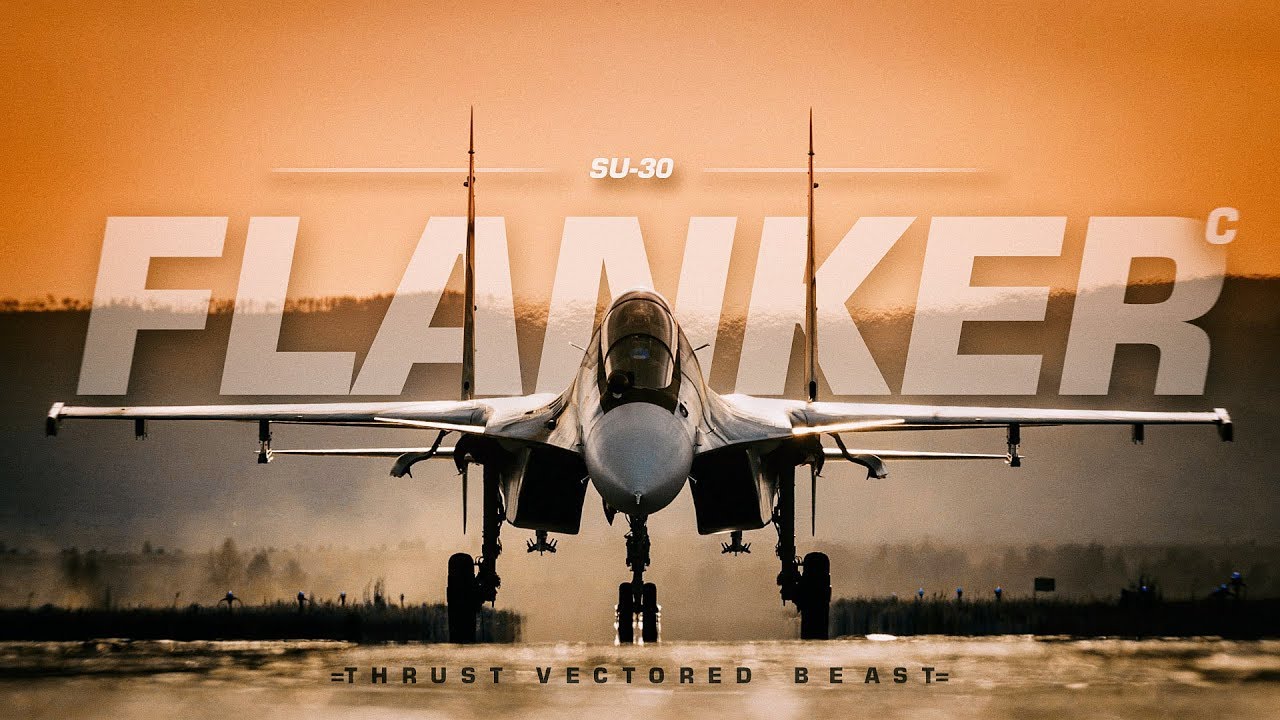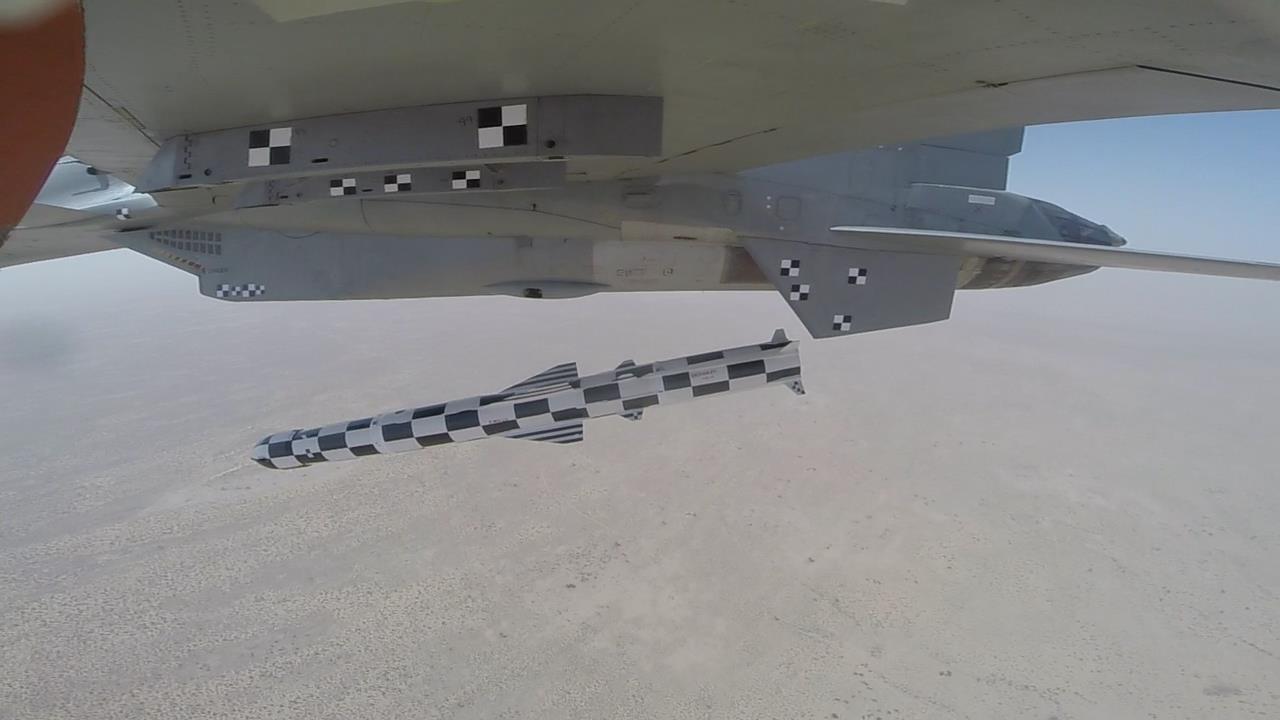The Indian Air Force (IAF) is in the process of acquiring 114 multi-role jets, a project that is likely to cost around Rs 1.3 trillion and take at least a decade to complete before the first fighter jet is supplied.
While the French-made Rafale seems to be in the lead, as revealed by a widely-circulated survey by The EurAsian Times, India’s old friend Russia is also hoping to secure this contract. This is especially significant in light of the cancellation of the Su-35’s orders by Indonesia and Egypt, seen as a major setback for Russia’s defense industry.
Moscow is reportedly offering two fighter different aircraft, MiG-35 and Sukhoi-35, to the IAF. But the service appears to have been unimpressed by the MiG-35.
Last year, it was reported that Russia is proposing its Checkmate, a next-generation fighter jet, to India, but given that the jet is still in development, India is unlikely to consider it for ongoing procurement. Hence, the Su-35 stands a chance for this contract.
A ‘4 ++ generation’ air supremacy fighter, the Su-35 ‘Flanker’ is the only heavy platform among the contenders for the IAF contract apart from F-15EX jets.
India’s Experience With Russian Weapons
India has long been a major customer of Russian weapons. IAF operates fighter jets such as the Mig-21 and Su-30MKI.
In recent years, India has attempted to lessen its reliance on other countries for weapons to boost local manufacturing. However, Russia continues to play an important role in enhancing the capability of India’s military. The recent delivery of the S-400 air defense systems is a case in point.
An evaluation by the US Congressional Research Service (CRS) revealed last year that while India’s reliance on Russian weapons and equipment has decreased significantly, the Indian military cannot operate effectively without Moscow-supplied military hardware and will continue to depend on it in the near and medium-term.

Miguel Miranda, an international defense analyst had said – ‘The 21st Century Asian Arms Race’, said, “In reality, for the sake of convenience, the IAF should just fall back on the Russians for a tandem deal involving the Su-35 multirole fighter and the Su-34 supersonic bomber. This is very reasonable since the IAF has decades of experience operating the Su-30MKI. Adopting more Sukhois is a boon for the air force and local industry and represents a huge leap for the aerospace sector.”
Given the exorbitant cost of the Rafale fighter, some analysts predict that Russian fighter jets are the best alternative for India.
At roughly Rs 430 crore per jet, the Su-30 is less than half of the Rs 1,000 crore that the Indian government paid for each Rafale. This too was an estimated price arrived at by experts and media houses, with the government previously refusing to share the cost of the procurement in Parliament.

Squadron Leader Vijainder K Thakur (Retd), a military analyst and former IAF Jaguar pilot, also endorses this view: “The most cost-effective choice for the IAF would be the Su-35. It features all the sensors and capability enhancements that would eventually go into the Su-30 Upgrade.” He said that India would not be in a position to afford more Rafales from France, especially in the numbers desired by the IAF.
Advantages Of Russian Aircraft
Russia, like other aircraft manufacturing nations, is aggressively pushing its fighter jets to India. In 2019, the Russian Federal Service for Military-Technical Cooperation announced that it will choose the state-run Hindustan Aeronautics Limited (HAL) as its strategic partner for the MiG-35 and Su-35.
“We believe in HAL and have a long-standing partnership with it,” said Anatoly G. Punchuk, the deputy director of the agency, during a conversation with select journalists at Aero India.
Thakur also noted, “with the local manufacturers, the risk of being overly dependent on Russia would be greatly mitigated. As the largest operator of the Su-30 in the world, it is time for India to treat the aircraft as an Indian manufactured fighter.”
Russia is believed to have offered a variety of Su-35 technology under the contract that can be utilized to upgrade India’s Su-30 fleet, greatly improving their flight performance. Furthermore, a large number of the systems will be manufactured in India.
The prospective contract states that the radar and other equipment installed on the Su-35 will be integrated into the Indian Su-30, making the two aircraft generally identical and, thus, compatible. It can also contribute to less onerous maintenance and a reduction in the net operational expenditures needed to maintain the fleet of heavyweight fighters.

Highlighting the significance of nuclear delivery aircraft, military analysts have previously told The EurAsian Times that barring, France and Russia, no country will allow their supplied or co-produced platforms to be used by India for nuclear weapons delivery due to their respective domestic laws.
A Good Option To Integrate Future Weapons?
Since 2004, India has purchased Su-30s in batches from Russia, with 222 being assembled at HAL’s Nasik plant under a technology transfer agreement. Forty of the 272 fighters are being upgraded to deploy the air-launched variant of the supersonic cruise missile BrahMos.
“Instead of upgrading older fighters, with a shorter residual lifespan, it would be better to build three more squadrons of Sukhois with the capability to carry BrahMos missiles,” then HAL Chairman T. Suvarna Raju had stated.
In November 2017, the BrahMos missile, developed by the Indo-Russian joint venture BrahMos Aerospace, was successfully test-fired for the first time from a Su-30. As a result, India became one of the few countries in the world capable of launching a supersonic cruise missile from a jet.
This provides a massive strike capability, jeopardizing critical enemy strategic locations, as well as greater operational flexibility in undertaking military actions.

Considering the situation, acquiring a Russian fighter would be a viable solution for India. Additionally, due to its massive bulk, the Su-35 outperforms all other bidders on several parameters: payload, range and altitude, and equipment power.
Since its proportions allowed for the installation of an engine with a regulated thrust vector, it has greater maneuverability and speed (like the MiG-35). Moreover, Su-35 is the only aircraft in the race that can carry hypersonic air-to-air missiles.
Additionally, New Delhi is collaborating with Moscow on the development of a hypersonic missile. Integrating these missiles into Russian-made jets will ensure greater compatibility, and the Su-35 could be a good option for that.
- Contact the author at ashishmichel@gmail.com
- Follow EurAsian Times on Google News




